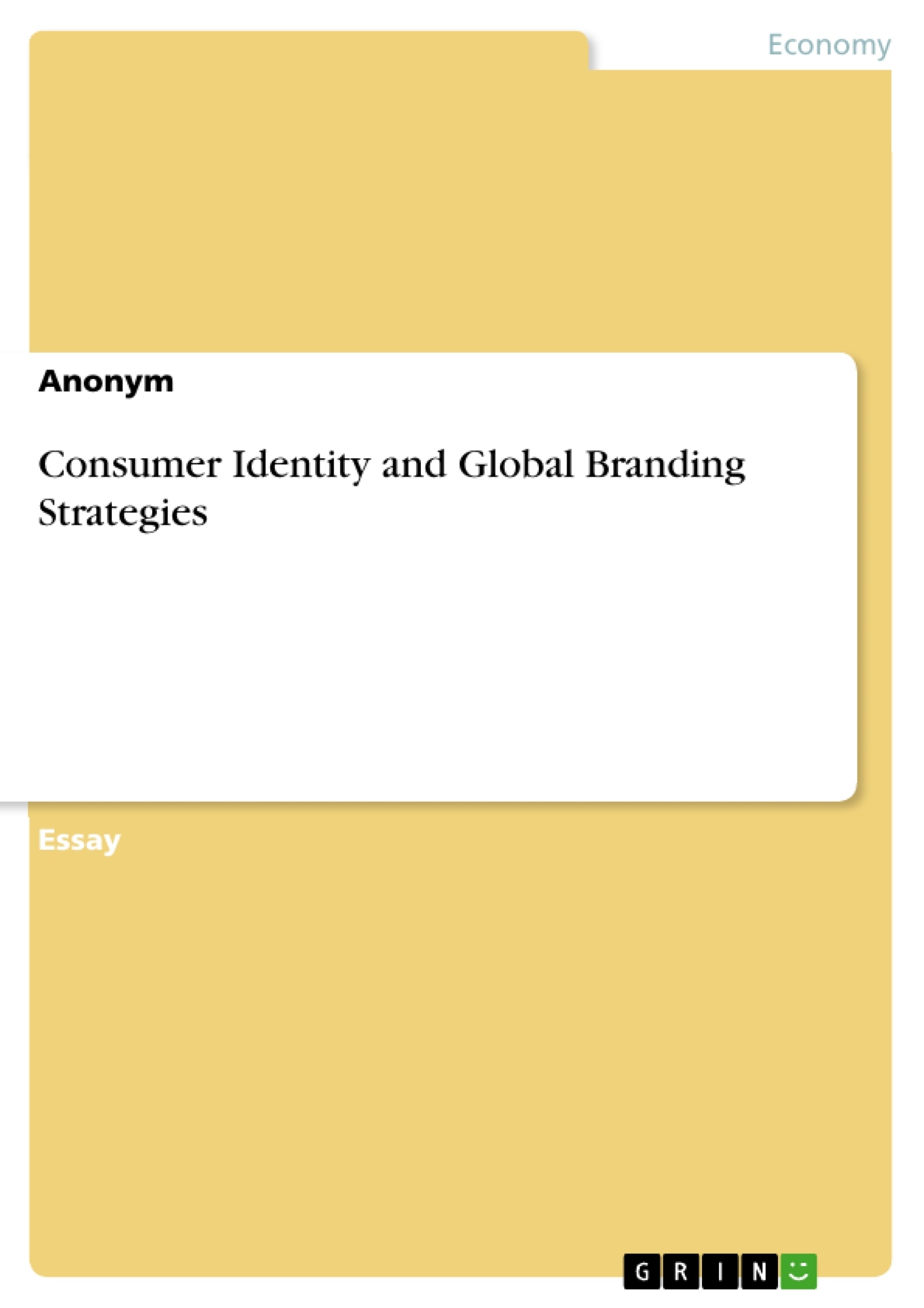Consumer trends have undergone through constant changes over the last few years as globalisation continues to influence consumption behaviours. A modern-day shopping mall in Shanghai, such as ALDI, offers a comparable customer experience as ALDI's store in Germany. This trend transcends in many other shopping malls globally due to globalised retail stores and product lines.
Online market spaces also provide parallel browsing and e-consumption experiences globally. Shavitt and Barnes (2020) postulate that new consumption behaviours and preferences depict globalised trends and convergences, especially in the retail sector. Despite these commonalities, the concept of global consumer identity manifests unique features that have considerable impacts on consumption behaviours at regional and global scales.
Table of Contents
- Introduction
- Consumer Identity
- Consumer Identity and Cultural Dynamics
- Hofstede's Cultural Dimensions and Consumer Identity
- Subcultural Influences on Consumer Identity
Objectives and Key Themes
This text examines the evolving landscape of consumer identity in a globalized marketplace. It analyzes how cultural factors, including individualistic and collectivistic values, influence consumer behavior and brand preferences.
- The impact of globalization on consumer behavior and identity
- The role of cultural values and beliefs in shaping consumption patterns
- The influence of subcultures on consumer identity and brand preferences
- The importance of understanding consumer identity for global branding strategies
Chapter Summaries
- The chapter "Introduction" discusses the impact of globalization on consumer trends and the emergence of global consumer identity.
- The chapter "Consumer Identity" defines consumer identity as a psychological construct that influences consumption behaviors and explores how it shapes product and brand preferences.
- The chapter "Consumer Identity and Cultural Dynamics" examines the role of culture in shaping consumer identity and highlights the impact of cultural values on consumption patterns.
- The chapter "Hofstede's Cultural Dimensions and Consumer Identity" analyzes Hofstede's cultural dimensions, particularly individualism versus collectivism, and their influence on consumer identity and branding strategies.
- The chapter "Subcultural Influences on Consumer Identity" explores how subcultural elements, such as ethnicity and nationalism, impact consumer behavior and the importance of considering these factors in global branding.
Keywords
This text focuses on the key concepts of consumer identity, globalization, cultural dynamics, Hofstede's cultural dimensions, subcultural influences, and global branding strategies. It examines how these factors intersect to influence consumer behavior and brand preferences in a globalized marketplace.
- Quote paper
- Anonym (Author), 2021, Consumer Identity and Global Branding Strategies, Munich, GRIN Verlag, https://www.grin.com/document/1276183



